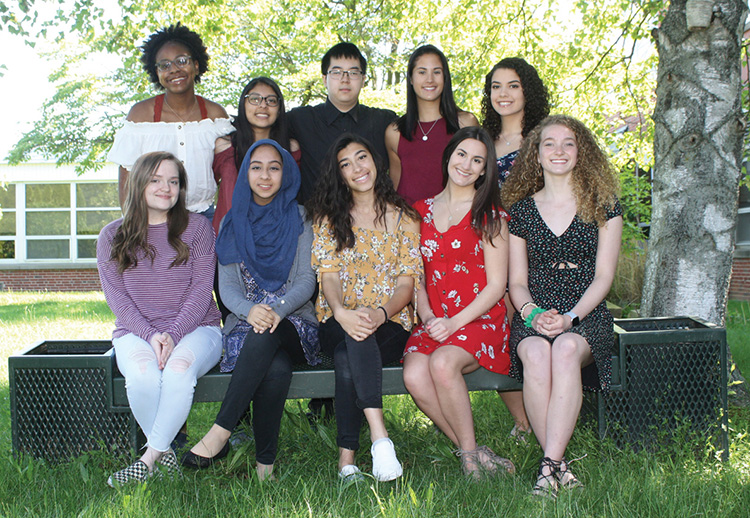
From K-12 Dive
By Kara Arundel
June 2, 2021
Dive Brief:
A new report from the Christensen Institute, a nonpartisan think tank, emphasizes the value of positive peer connections for high school students and says the benefits extend not just to social belonging, but to academic encouragement and emotional wellbeing and can contribute to strong post high school and college outcomes.
Schools should be deliberate and creative in facilitating robust peer-to-peer opportunities by leveraging different strategies, such as encouraging “near peer” relationships between students of different ages and experiences and affinity groups for students with similar qualities, according to the report.
Peer-to-peer relationships are often an underutilized asset in schools, and as educators look to boost students’ academic, social and emotional status during the COVID-19 recovery, they should explore ways student peer networks can contribute to those efforts, the report recommends. “There are immense sources of social capital already within schools,” said the report’s author Chelsea Waite.
Dive Insight:
Supporting authentic peer connections is more than just encouraging hallway connections between classes or hosting one-time relationship building exercises, said Waite, an education research fellow at the Christensen Institute.
“[Schools] want to do it in a way that’s not contrived and awkward but is actually setting students up to thrive with robust peer networks,” Waite said.
Waite says there are several approaches schools can take to build systemic student-centered systems of support:
Near peer models. This approach includes pairing students of different ages or experiences, such as 12th-graders mentoring 9th-graders. An advisory-type model could also give older students opportunities to guide younger students in their academic and social choices, as well as provide leadership experience for the older students.
Affinity groups. Small or large cohorts of students likely to experience common barriers due to their identities have opportunities to gather to socialize and support each other. The report mentions Native American Community Academy, a public charter school in Albuquerque, New Mexico, which has a diverse student body that collectively celebrates indigenous language and culture.
Peer leaders and contributors. In the PeerForward model, student leaders use positive peer influence to help high school students living in low-income communities prepare for college. Peer Forward leaders have shared information about the Free Application for Federal Student Aid and support students through the college application process. Schools can also turn to student contributors, who work together to help diagnose challenges and find potential solutions.
Sharing gratitude. Encouraging students to support their peers by sharing messages of gratitude for the contributions they make is a powerful tool to build caring communities, Waite said. The GiveThx app and curriculum allows students to send digital thank you notes, which contribute to positive school climates and student belonging, according to the report.
Photo: Community News
Read this and other stories at K-12 Dive

